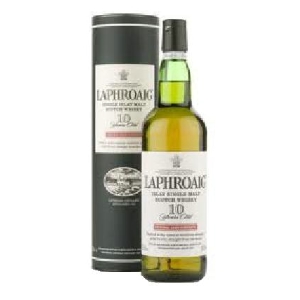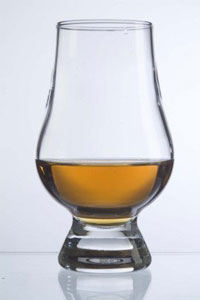Picking a lineup of whiskies to taste and discuss is much harder work than it sounds like it should be – it is pleasurable work to be sure, but hard work nonetheless.
Before you do anything else you have to decide what you want the tasting to be: whether it will be a hodge-podge or a unified group. Will it be a vertical tasting of one distillery (those are actually the easiest, albeit not the cheapest) or will it be focused on a region, or a style, or a horizontal tasting, tasting all the expressions that one distillery makes (insert obligatory joke about being overserved and ending up horizontal, hence the name).
As I pulled together WhiskyRI’s first tasting I decided to go back to basics and “just” do a regional themed one. It is sort of a back-to-basic Scotch Whisky 101. I picked a fairly representative whisky from each of the five regions of Scotland – Lowland, Highland, Speyside, Islay and Campbeltown. The goal is to give people a basic sense of what the generally agreed upon characteristics of each region are – and choosing those whiskies that exemplify those tastes and smells while also balancing the desire to find interesting whiskies without straying too far from the regional baseline – what a regional baseline actually is is a topic for another time.
The easiest of course is Campbeltown given that Springbank is really the only game in town, or should I say region. But should I choose the Springbank 12 or the 15? It’s more than a coin flip of a decision. Ultimately I chose the 15 because I wanted people to taste how a whisky can change with the additional time in the cask. At a future date I’ll do a vertical tasting from a single distillery, tasting a range of whiskies from 10 or 12-years-old to possibly one as old as 30-years-old.

Laphroaig Cask Strength is a two-fer – it is both a good example of Islay whisky and also a good example of a cask strength whisky.
Islay could have been a difficult choice given how many really interesting whiskies there are for such a small island, but it turned out to be simple. Having already picked the whiskies from 4 of the regions, I realized I didn’t have a cask-strength whisky in the lot so the Laphroaig 10-year Cask Strength stood out as being both a good example of Islay while also showcasing the power of a cask-strength bottling.
The remaining three regions were much harder because there are so many choices available and it was a matter of balancing what could be considered typical while also trying to select whiskies that people may not have tasted and that could be readily purchased. Tasting a special one-off whisky that no one can buy is a unique experience, but it can be of limited value because if someone really likes it that they are out of luck because it can’t be acquired again.
For the Highlands, I thought Edradour’s 10-year-old was an interesting choice. It’s relatively affordable, not often on offer and after all it is Scotland’s smallest distillery. In a constrast to the small Edradour, for Speyside I decided to choose the Macallan 12-year-old. Macallan is the 3rd largest selling whisky in the world, so it’s often on offer and I thought providing a popular reference whisky in the tasting would provide an interesting contrast.
And finally the Lowlands which brings us to the last whisky for our August tasting, the Auchentoshan 12-year-old. In addition to it’s prime location near Glasgow, the Auchentoshan is a triple-distilled whisky which provides an interesting contrast to the other whiskies in our lineup.
So there you have it, 5 whiskies showcasing Scotland’s five regions while also trying to provide an interesting experience for both the novice whisky drinker and the veteran whisky connoisseur. Hopefully everyone will come away from the tasting having enjoyed themselves and the whiskies.


